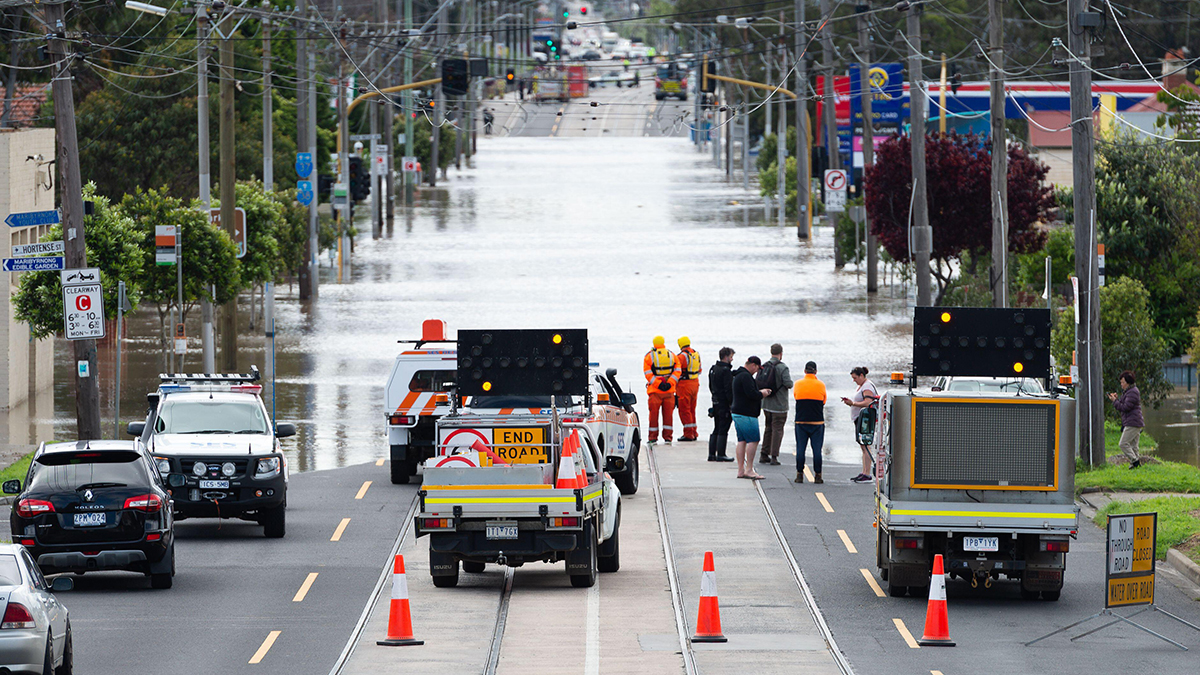Viewpoint: This year confirms the hard market facing the reinsurance industry is now a reality
This new reality is putting pressure on the market to improve all lines of business, while negotiation periods are becoming longer and more complex than before
The upcoming renewals will see a further clarification of perils and territories covered in reinsurance treaties coupled with continued pressure on attachment points and minimum rates on line
Multiple factors converged over a short period of time to bring the reinsurance industry into the kind of hard market we have not seen in two decades.
The hard market we are experiencing in 2023, a consequence of an increase in claims, stubbornly poor results across the industry and unacceptable returns for the level of risk assumed, explains not only the rise in rates but also the modification of catastrophe coverage limits and a tighter definition of certain coverages under increasingly restrictive terms.
Reinsurance renewals in 2023 confirm the change of cycle and a general tightening of conditions, which had already begun a year earlier. This trend is particularly pronounced in areas and operations exposed to natural events. To understand this situation, we need to consider some of the factors underlying the situation experienced by the reinsurance industry in recent years.
The first of these is the profitability of the business: reinsurance has accumulated combined ratios above 100% and returns below the cost of capital over the past six years, with particularly heavy losses in property/casualty lines.
The sharp rise in interest rates has had immediate consequences on the fixed income portfolios of insurers and reinsurers, including reduced equity and solvency margins and more attractive “risk-free” investment alternatives that detract capacity and interest on the part of mutual funds, which had been active in reinsurance in recent years.
Last, the war in Ukraine, which is first and foremost a humanitarian and social conflict on a scale not seen in the Western world in recent decades, has further aggravated the situation. This conflict has also had major consequences in certain lines of business, such as aviation/war, and has subjected the whole industry to a highly complex process of revising exposures and risk appetites.
Hard year ahead
These circumstances have set the stage for 2023 to become a really hard year for the reinsurance industry – indeed, the first really hard year in the past two decades – with highly palpable consequences: a rise in prices on catastrophe excess-of-loss contracts across all markets, with increases ranging from 15% to 70%, depending on the case; an increase in the retention of excess-of-loss contracts, attempting to reduce frequency; and the establishment of minimum rates on line (RoL) in many catastrophe markets.
But these are not the only consequences. There is also a substantial reduction in available aggregate excess-of-loss and stop-loss covers, which have performed particularly poorly in recent years, and are being seen as opportunistic purchases for reinsurance. Meanwhile, a reduction in catastrophe coverage limits on proportional contracts has shifted capacity in many cases to non-proportional coverages, with adjustments in commissions on proportional contracts.
While these upcoming renewals are still being characterised by hardening conditions, they will be much more orderly, with greater clarity about reinsurers’ appetites and requests, and negotiations can take place with more time in hand and with a clearer view of the general scenario
All this is leading to an increasingly restrictive definition of coverages, moving from all risks to named perils (for example, from all risks to hurricane and earthquake only) and from worldwide coverages to specific territories. Elsewhere, riot and civil disturbance coverages are being eliminated or reduced, hours clauses for event covers are being adjusted and war and sanctions clauses are being tightened.
Looking ahead, this new reality is putting pressure on the market to improve all lines of business, while negotiation periods are becoming longer and more complex than before. And let us not forget we face even more pronounced tightening in a retro market where some operators are disappearing.
Renewal trends
Against this backdrop, a tightening of renewals for the rest of the year will be the general trend. Our European summer is a period during which a large number of contracts are renewed in various regions, particularly in the Americas and Australia.
Logically, although this is the context and it will have a generalised impact, it is also true the renewals will be adapted to each particular case according to different markets and the individual situation of each client, taking into account the starting point and specific conditions.
However, in some markets a significant lack of catastrophe capacity is likely, which will increase the pressure on renewal conditions. This means we anticipate further hardening of prices, especially in markets that have suffered repetitive losses or have not experienced the hardening renewals seen in others.
While these upcoming renewals are still being characterised by hardening conditions, they will be much more orderly, with greater clarity about reinsurers’ appetites and requests, and negotiations can take place with more time in hand and with a clearer view of the general scenario.
Risk adjustments will be up double digits as a general norm in property-related lines, with special emphasis being placed on adjusting attachment points upwards. We have to remember attachment points have remained generally flattish for a very long period of time, while insured values (and even more so expected loss values) have kept on growing, thus the need to raise attachment points, even if only to keep up with the mentioned increases.
For the rest of 2023 and January 2024, we anticipate a further clarification of perils and territories covered in reinsurance treaties, a continued pressure on attachment points and minimum RoL, stressing both ends of property excess-of-loss programmes, while there will probably be enough capacity (at the right price) in the “core” layers.
Once the overall market conditions have been settled, we expect anticipated negotiations, adjustment in attachment points and pricing (real risk-adjusted increases) and sufficient capacity as a general norm.
In this changing environment, Mapfre Re will continue to support customers without withdrawing from markets or lines of business, but rather adapting our technical requirements to market realities and minimum profitability requirements. Mapfre Re’s recent capital increase of €250m ($272.4m) will not only bolster the strength of our balance sheet, it will also enable us to offer our customers greater reinsurance capacity and allow us greater flexibility at a time when there is a huge demand for coverage at rising prices.
While 2023 looks set to be a challenging year, it certainly has the capacity to demonstrate that reinsurance is a long-term business aimed at supporting insurance in the face of extreme events, with a focus on capital protection as opposed to recurring profit protection.
Javier San Basilio is deputy general manager and chief underwriting officer at Mapfre Re



